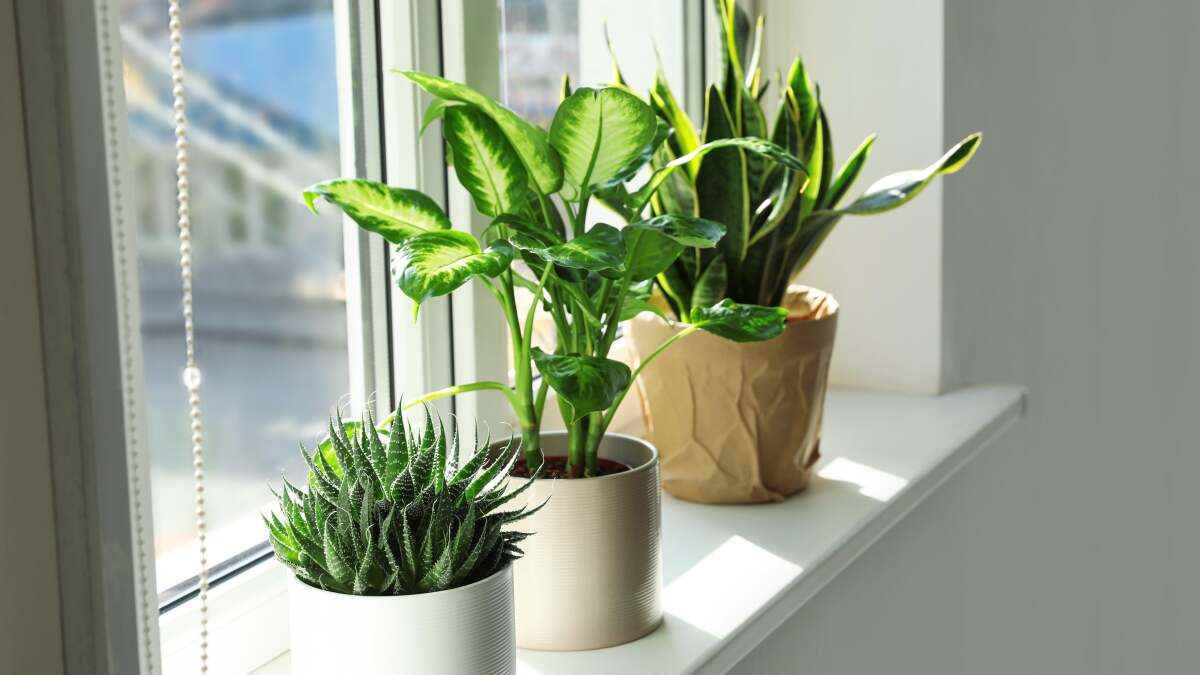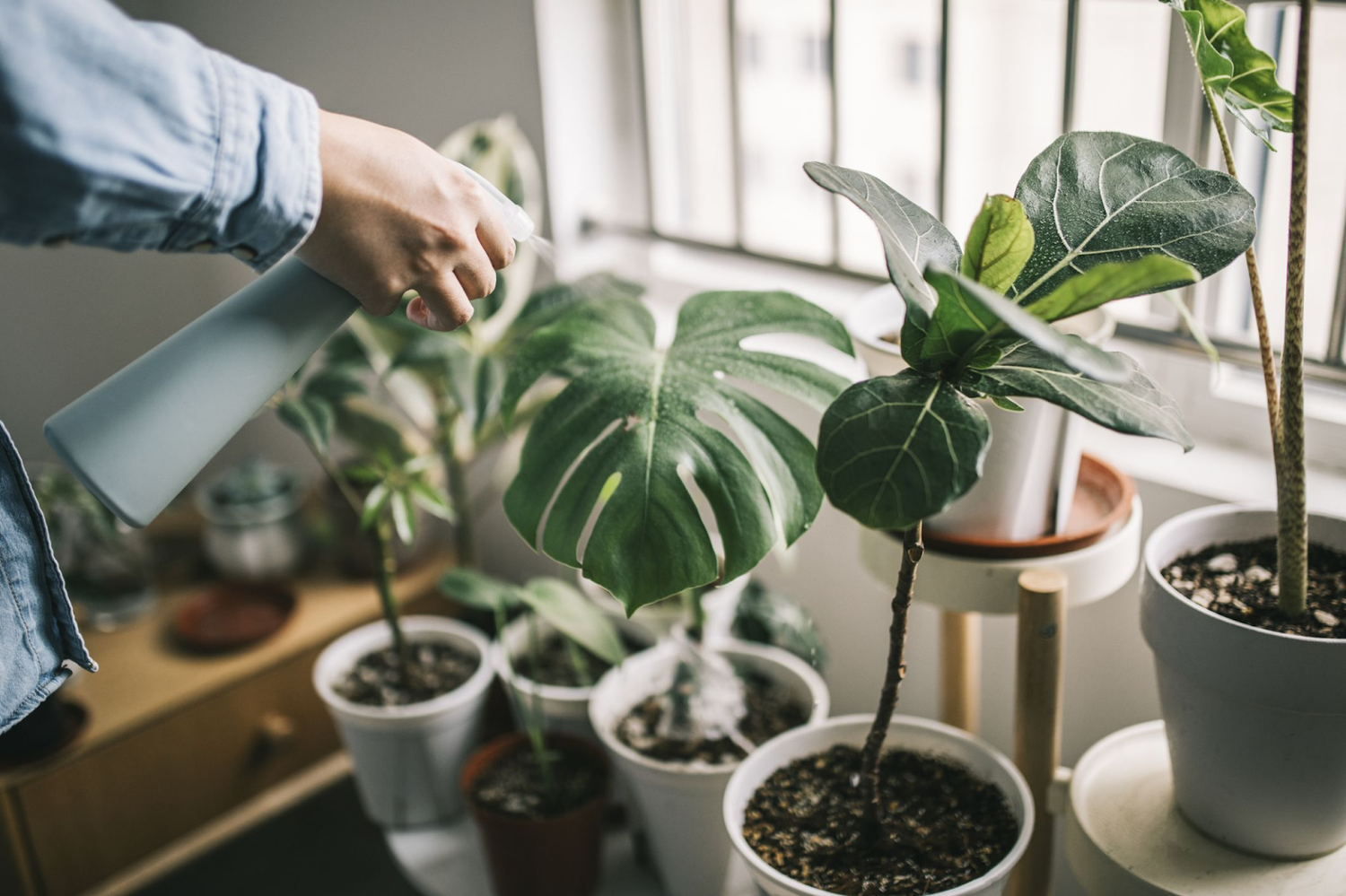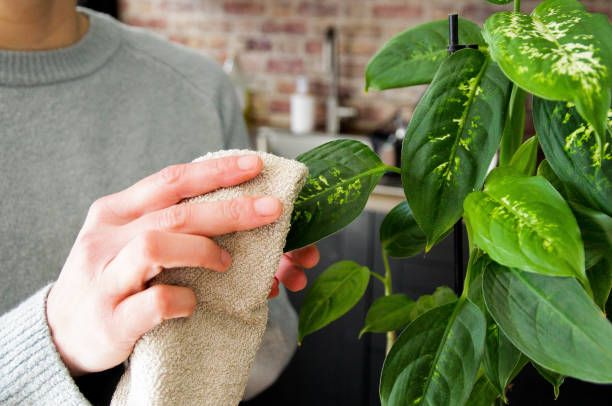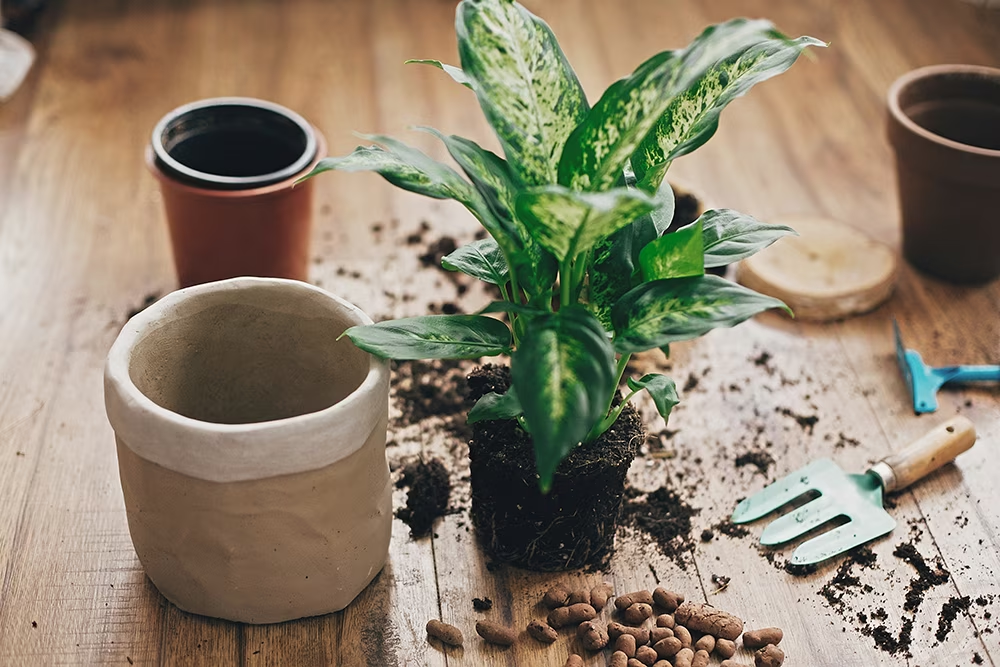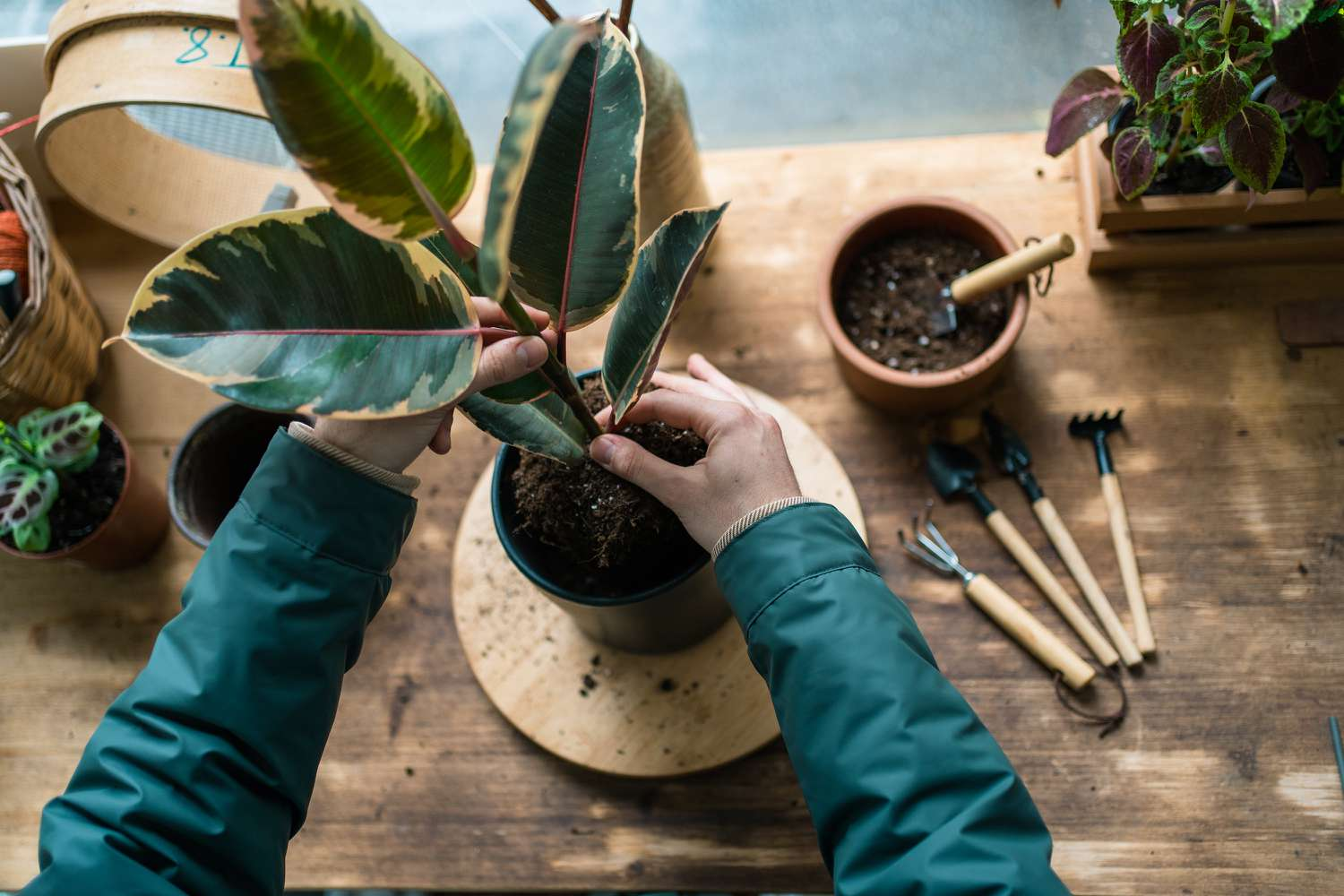1. Increase Light
During winter, the sun seems to rise low in the sky, and for most parts of the day is hidden behind clouds. Be careful about the lighting that your houseplants get at that time. The leaves of most plants will adapt to the change and thus do not need to be moved but some might need to be shifted closer to where the light source is located. If plants are visibly leaning toward the window, turn them slowly approximately once every 3 to 4 days for better sunlight. If there are thin new shoots on plants, it is recommended to place them a little closer to the sill. Another thing that you can include when it comes to light sources is a grow light for the additional lighting around the area.



